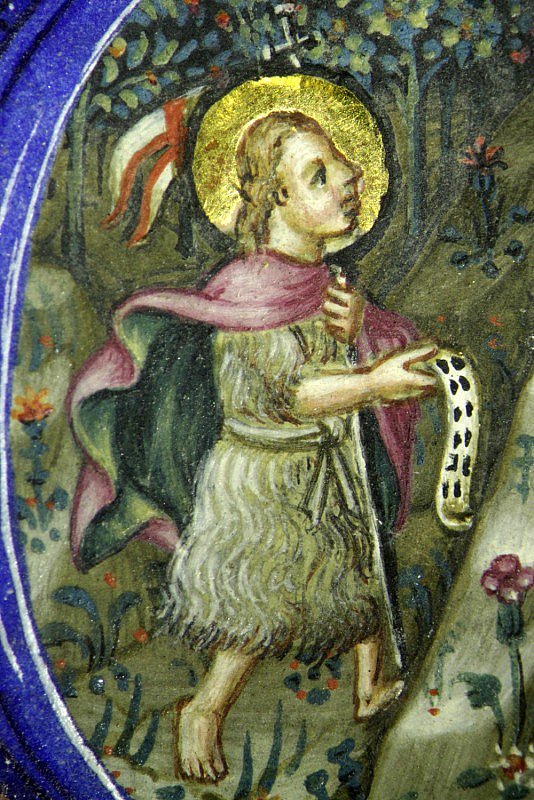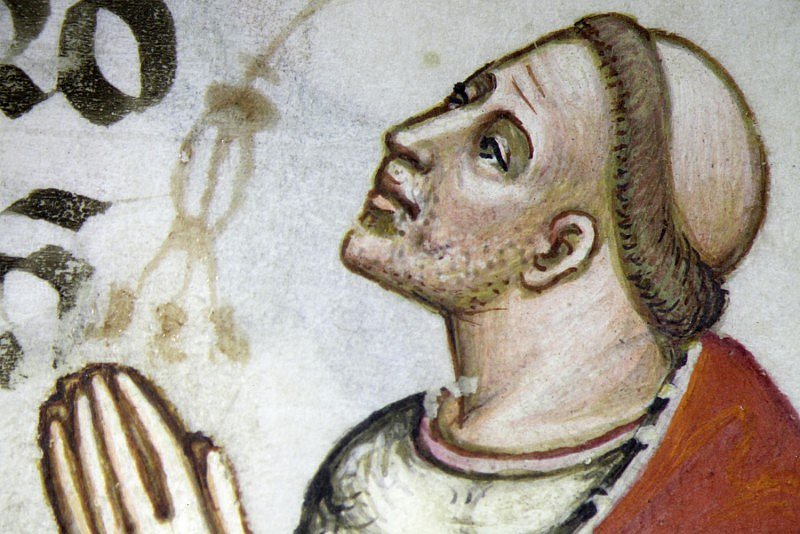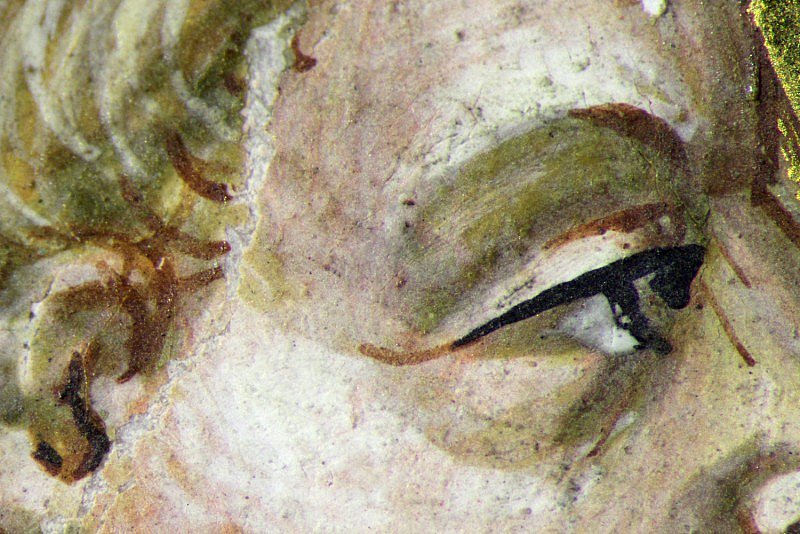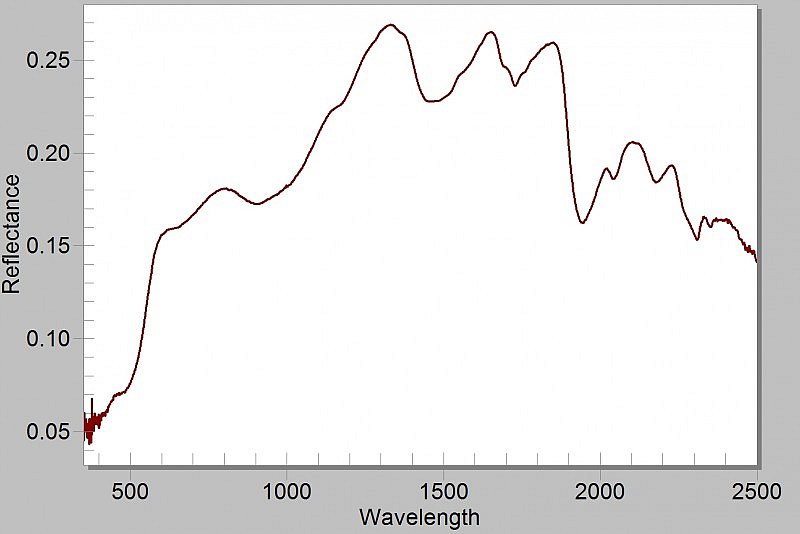Cardinal Angelo Acciaiuoli
Owners
Cardinal Angelo Acciaiuoli (1340-1408) was a major patron of Florentine artists, including Gherardo Starnina and the illuminators involved in the production of his Missal. He resided mostly in Rome after becoming Chancellor of the Holy See in 1387, and especially after he was appointed Archpriest of St Peter’s in the Vatican in 1404 and Dean of the College of Cardinals in 1405. Nevertheless, from 1385 until his death Acciaiuoli was also the commendatory abbot of the Badia in Florence, a Benedictine monastery with an active scriptorium. The Badia’s account books, which survive in the State Archives of Florence, preserve the names of the artists responsible for Acciaiuoli’s Missal. Three of them painted the Cardinal’s portrait within the volume.




Historiated initials D with images of St John the Baptist (Mass for the Nativity of St John the Baptist)
The initial showing the Birth of St John the Baptist opens the Mass for this feast. Its importance to Cardinal Acciaiuoli is signalled by the inclusion of his portrait and arms in the border, and by the presence of a second historiated initial for the collect (short prayer) recited on the day. The second image, showing the young St John the Baptist going into the desert, is inspired by an iconographic model well established in Florence and preserved, for instance, in the Baptistery’s mosaics and bronze doors.
This page preserves Hand C’s only major contribution to the Missal (hotspots 1 and 2). The delicate figures and facial types, and the compositions, clear and legible despite their minute scale, suggest that this artist followed Hand A closely, even though he did not match the latter’s exceptionally refined execution. Like the other three artists, he also used egg yolk as a paint binder in the miniatures as well as the human figures painted in the borders (hotspot 3).